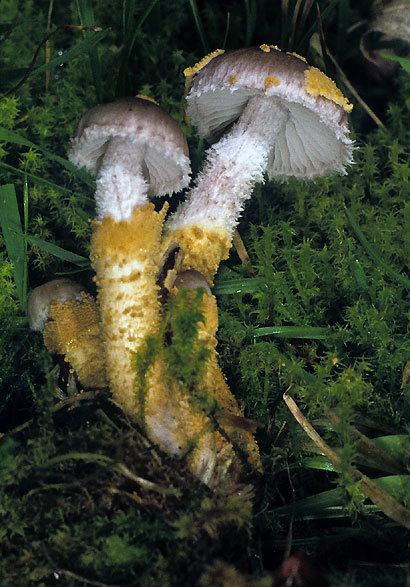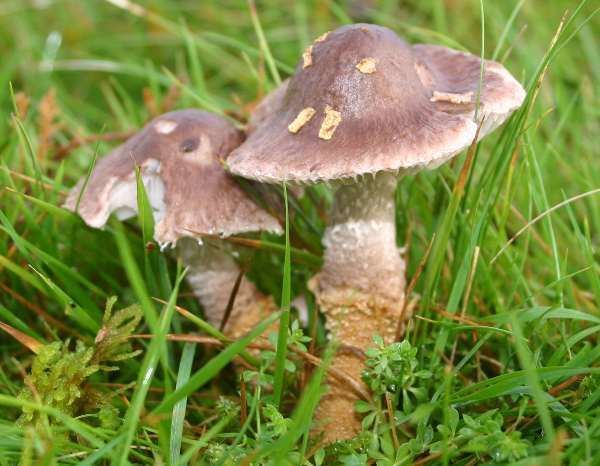Kingdom Fungi Class Agaricomycetes Rank Genus | Division Basidiomycota Order Agaricales | |
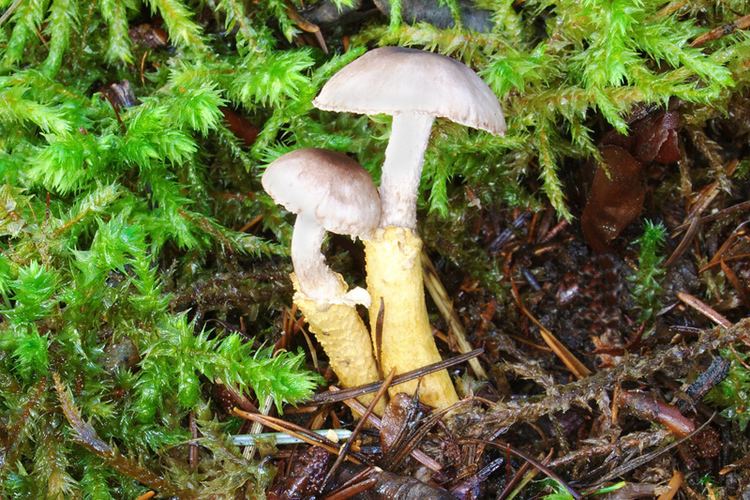 | ||
Similar Squamanita paradoxa, Dendrocollybia, Myxomphalia, Phyllotopsis, Porpoloma | ||
Squamanita paradoxa
Squamanita is a parasitic genus of agaric fungi formerly classified in the family Tricholomataceae and is now in the Cystodermateae in the Squamanitaceae. The fruitbodies of this genus resemble a normal agaric but they emerge from parasitized fruitbodies of other agarics that Squamanita has deformed. The deformation may be massive and the host may then resemble a lump, or the deformation may be so subtle that the Squamanita appears to be grafted onto the stipe of the host that nearly always fails to form a pileus. Because of the seamless graft-like attachment or the severe deformation of the host into a nonrecognizable blob, early descriptions included features of the host in descriptions of Squamanita as if they were parts of the parasite. This error led to the creation of a separate subgenus because of misinterpretation of host veil tissue as part of the parasite and ultimately a separate genus, Dissoderma. Serendipitous discovery of one parasitized host fruitbody (Galerina) that formed its own pileus that then bore three Squamanita contortipes fruitbodies revealed the parasitic nature of the relationship for that species and the entire genus. This discovery was so shocking that it was featured in Nature magazine under the title 'Mycological mystery tour'. Once the parasitic nature was revealed, the term 'protocarpic tuber' used by earlier authors for the parasitized host base was replaced by the term 'cecidiocarp' or 'cecidiocarpo' in Spanish.
Contents
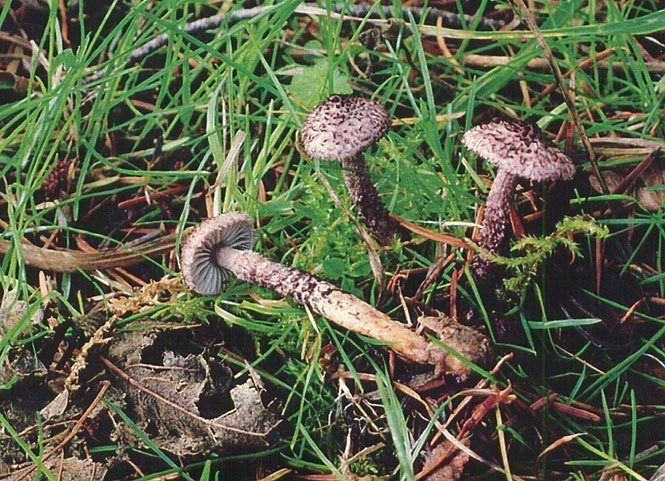
Since 1994 other investigative research on finds of this rare genus of mushrooms has shown that Squaminta odorata is a parasite of Hebeloma mesophaeum, Squamanita paradoxa parasitizes Cystoderma amianthinum, and Squamanita umbonata parasitizes Inocybe oblectabilis.
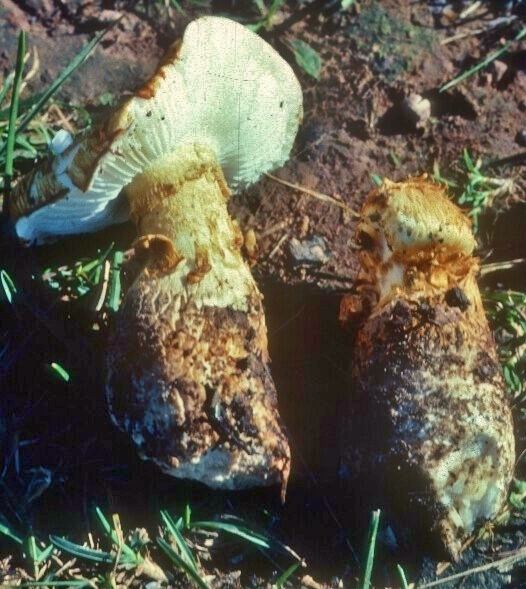
Like some other mycoparasitic agaric parasites (e.g. Asterophora, Collybia, and Dendrocollybia) of other agarics, some Squamanita species also form resistant structures that would permit survival in the absence of the host. These Squamanita form thick-walled chlamydospores on their hosts' fruitbodies.
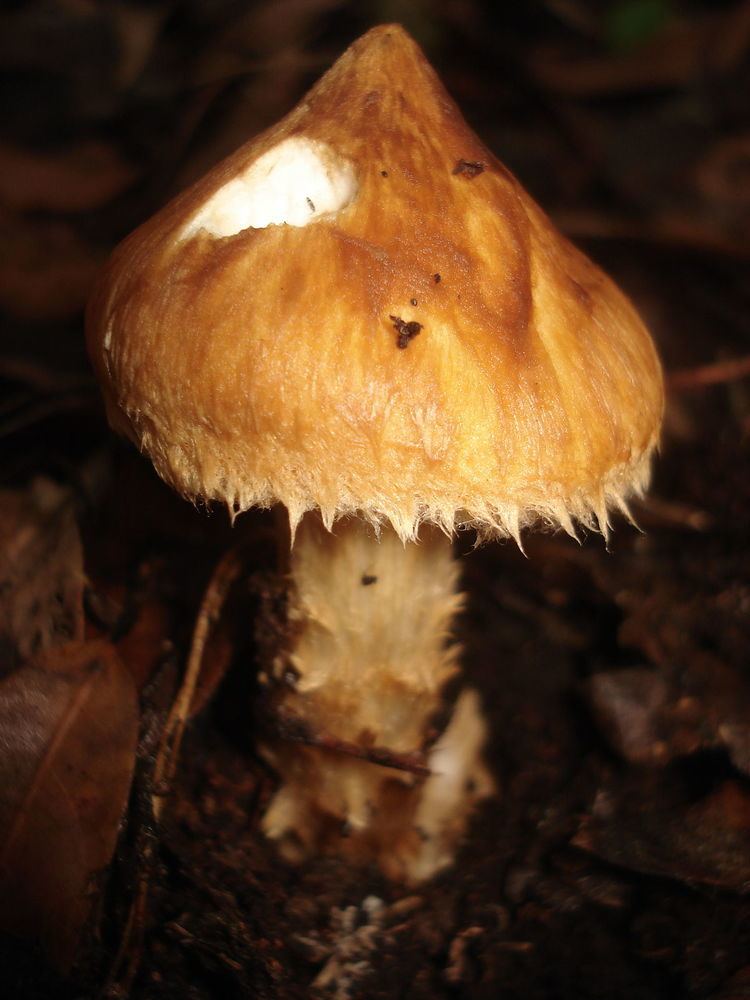
Squamanita contortipes
Species
